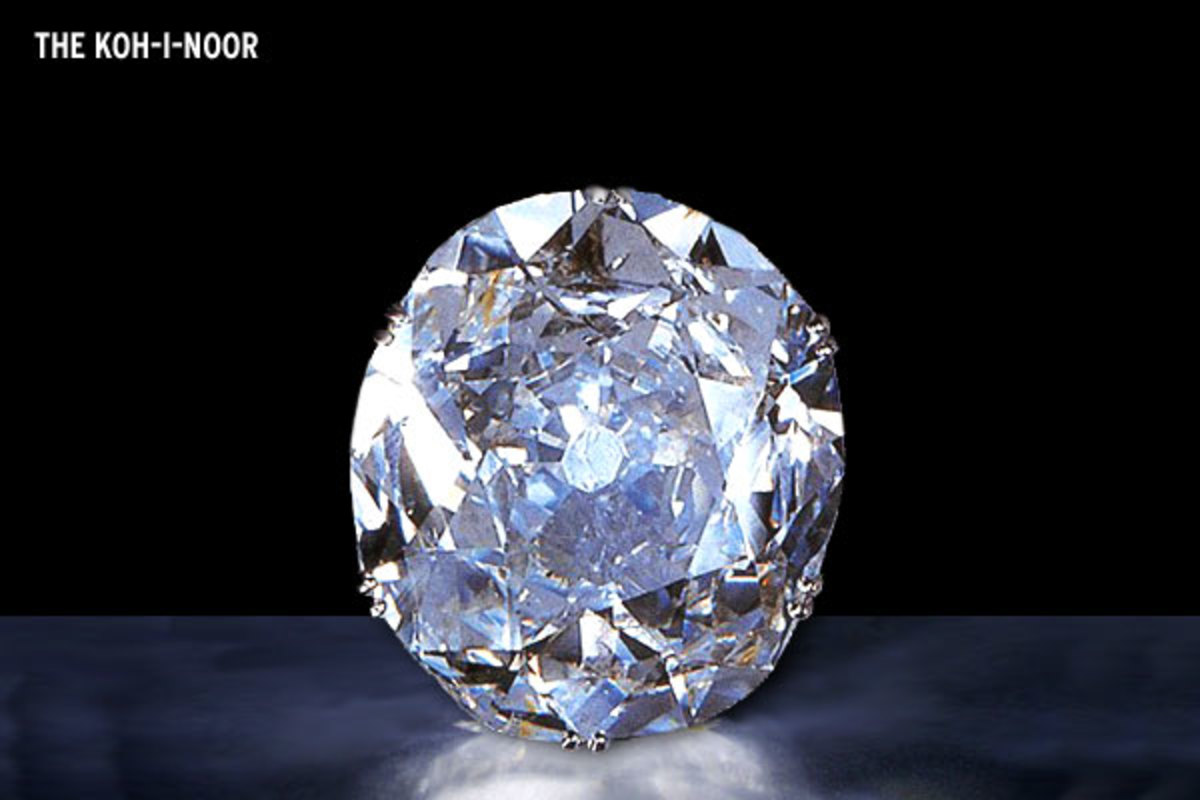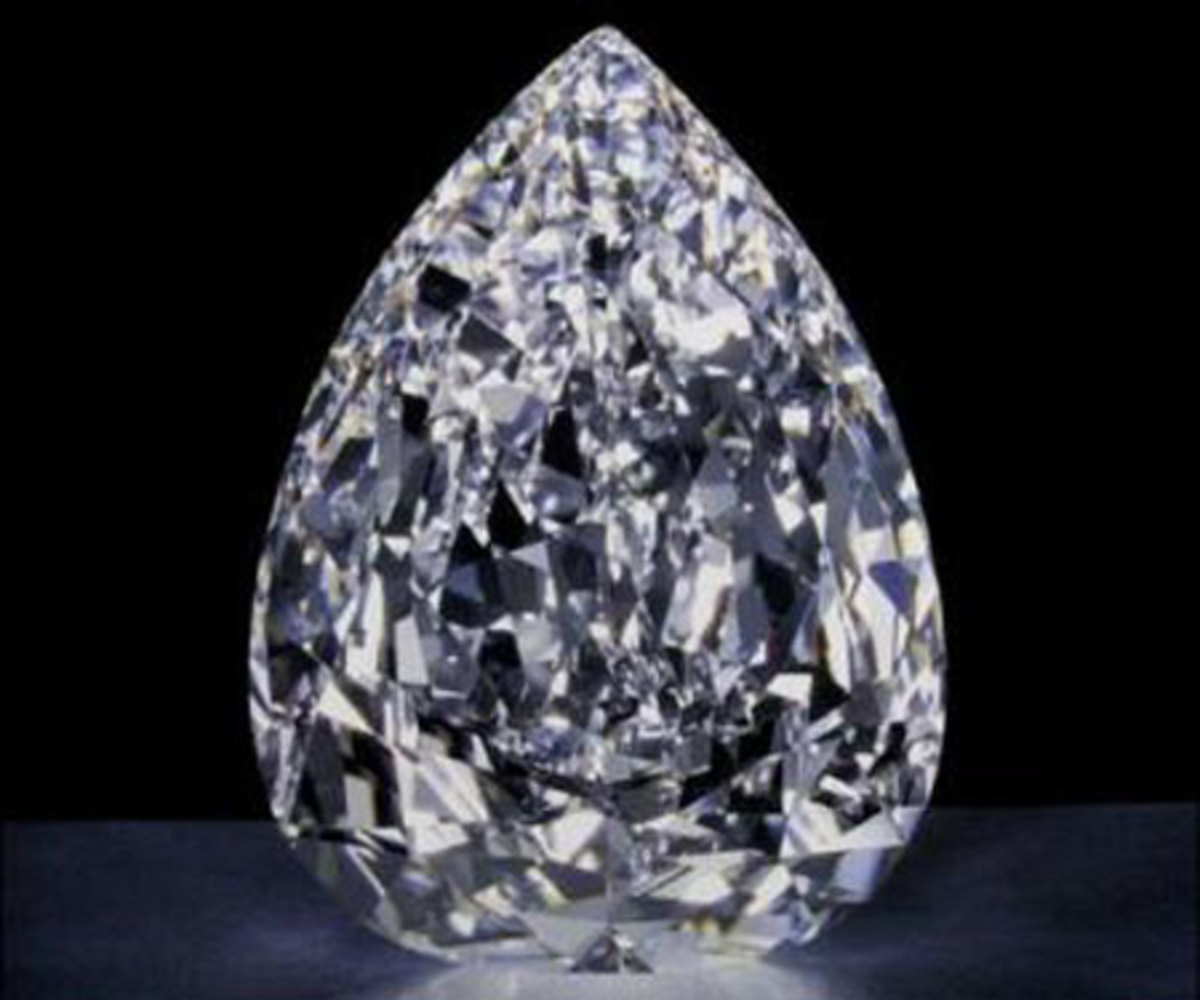English pages for Kids and Children - 1

Babs Bell (Bishop) Hajdusiewicz and her books
Bestselling author Babs Bell Hajdusiewicz, Ms.Ed. is the author of more than 100 books and 350 poems for children, including: Don’t Go Out in Your Underwear!; Phonics through Poetry: Teaching Phonemic Awareness Using Poetry; MORE Phonics through Poetry: Teaching Phonemic Awareness Using Poetry; Rhythm & Rhyme Reader Series; Questions and Answers Series; Jacks and More Jacks, Words! Words! Words!; Words and More Words. She is also author of Steppingstone Stories Series; Peaceful Me and Sometimes I Feel Happy, Sometimes I Feel Sad; three Poetry Works! collections for early childhood through intermediate grades; middle-grades biography Mary Carter Smith: African-American Storyteller; and the Dainty Dinosaur Series.
Hajdusiewicz stars in the Wright Group staff-development video Developing Oral Language and Phonemic Awareness through Rhythm and Rhyme. She has written numerous children's stories, articles for teachers and parents, and has contributed to and edited many elementary textbooks.
An educator for 40 years, Hajdusiewicz taught early childhood, elementary, and special education at all levels, served school districts in Indiana and Michigan as director of special education, and taught graduate and undergraduate education courses at Eastern Michigan and Cleveland State Universities. She founded Booking the Future: Reader to Reader™, a community-involvement literacy program that placed books in the hands and homes of more than 16,000 four, five, and six year olds, and Pee Wee Poetry™, a language development program for children aged two through nine. Hajdusiewicz is a frequent conference keynoter for educators and parents and a popular visiting author in schools across the country and abroad.
Specialties: Poetry for kids; humor; parenting for literacy; school staff development; author of numerous classroom materials; emphasis on phonemic awareness before phonics instruction; building love of learning from infancy onward
(Babs Bell Hajdusiewicz живет и работает в Атланте, штат Джорджия. Она написала более 100 книг и 350 стишков для детей. Своими книгами она предоставляет советы, консультации и материал для воспитателей, чтобы они чувствовали себя уверенно в том, что они помогают детям в период их раннего развития и становления их устной речи. Учителя английского языка могут использовать стихи для изучения языка в целом. Родители могут читать эти нехитрые стихи своим детям и помогать им изучать английский язык.)

Здесь также:
Nursery rhymes
For early learning counting fun
Describe 2D shapes Learn English for free
Learn English for free
Nursery rhymes & Education
Children songs
Picture Comprehension
песни из мульфильмов
видео на английском языке
тексты песен и сами песни известных исполнителей
интересные рассказы и стихи в оригинале для детей
Reading Comprehension for Kids
Reading Comprehension is suitable for Kindergarten students or beginning readers.
This product is helping children to sharpen reading and comprehension.


Gather around and listen well, for we have a fabled story to tell. Today is National Tell a Fairy Tale Day and a great opportunity to read to your kids. We are encouraged to explore myths, fantasy and fables, old, new or imagined by you on the spot. A fairy tale is a fictional story that may feature fairies, trolls, giants and talking animals. These stories often include enchantments and far-fetched events.








